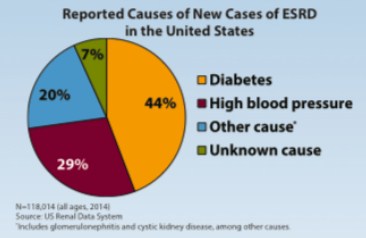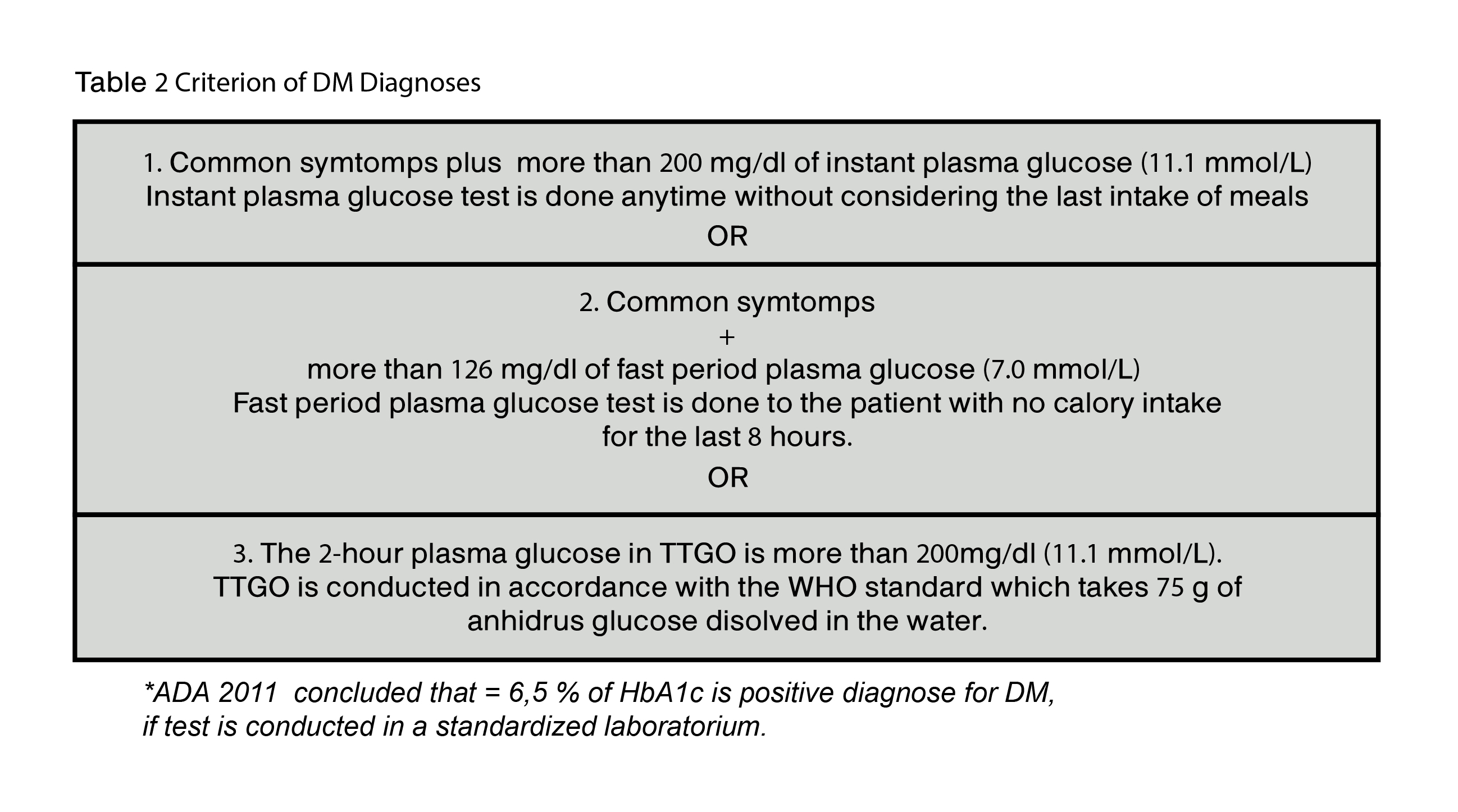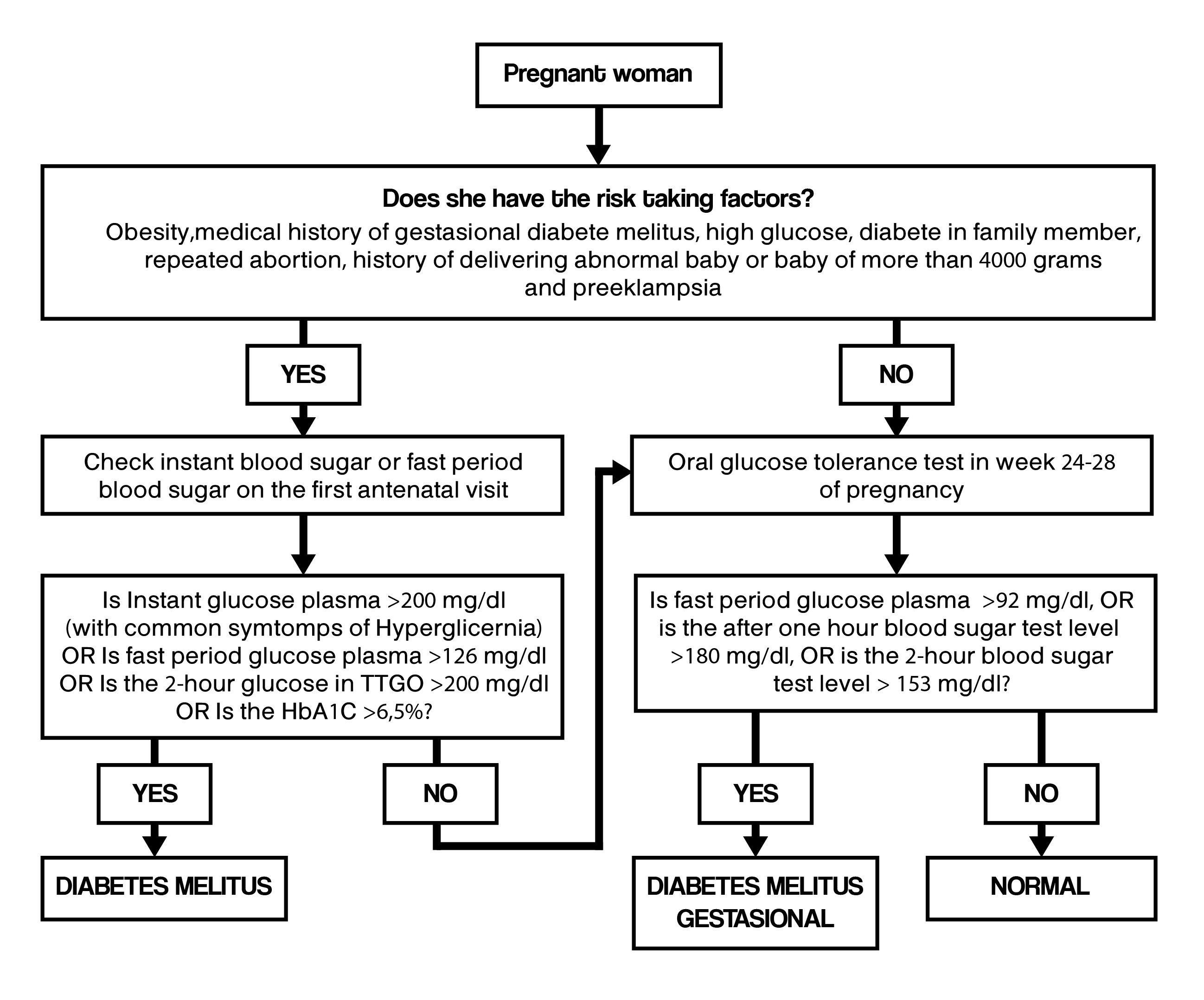How to Prevent Chronic Kidney Disease
 Chronic kidney disease (CKD) is the condition where the number of nefron continues to decrease drastically. According to the National Kidney Foundation, 10% of the world's population suffered from chronic kidney disease and in 2010 this disease ranked the 18th Death Cause in the world. The number of kidney failure may increase dramatically in some developing countries such as China, India and Indonesia where elderly people are the majority of the population. In 2004 Nephrology Society of Indonesia (Pernefri) stated that 12.5% of the population in Indonesia had kidney failure or over 25 million Indonesian suffered from chronic kidney disease.
Chronic kidney disease (CKD) is the condition where the number of nefron continues to decrease drastically. According to the National Kidney Foundation, 10% of the world's population suffered from chronic kidney disease and in 2010 this disease ranked the 18th Death Cause in the world. The number of kidney failure may increase dramatically in some developing countries such as China, India and Indonesia where elderly people are the majority of the population. In 2004 Nephrology Society of Indonesia (Pernefri) stated that 12.5% of the population in Indonesia had kidney failure or over 25 million Indonesian suffered from chronic kidney disease. Chronic kidney disease can be caused by diabetes, hypertension, kidney stones, kidney structure problems. According to the data of the Centers for Disease Control and Prevention (CDC) the major problem of the chronic kidney disease is caused by diabetes as to 44% , followed by hypertension as to 29% , others as to 20% and unknown as to 7%.
In the early stage, chronic kidney disease has no symptoms. The disease reveals gradually after the progressive decline of the glomerulus filtration rate which is not specific and not significant until the glomerulus filtration rate is only a < 5-10 ml/min/1.73 m2.At this stage, the accumulation of the metabolic or uremia toxins occurs and causes the uremia syndrome with symtomps of limp, anorexia (lack of appetite), nausea, and vomiting.The patient or family member also states the problem of irritability, impaired memory, insomnia, restless leg syndrome, paresthesia and twitch. Pruritus (itching) with no rash can also be a common complaint. Pericarditis, a rare complication in chronic kidney disease can make pleuritic chest pain too. Drug toxinoccurs due to the decrease of renal clearance. Decreased renal clearance brings about the hypoglycemia (a condition where the sugar levels is below normal) because there is a problem with the insulin production.

Hemodialysis is a process where the blood solution will be mixed with the other solution through a semipermiable membrane.
The main objective of hemodialysis is to take out the toxic nitrogenous substances from the patient's body then put it into the dialyzer that filters the blood and finally returns it to the patient's body. The dialysis cannot fullyfunction as the normal kidney, so most patients need additional therapy. For chronic kidney disease patients, hemodialysis treatment is used to holdthe declining of the glomerulus filtration rate. So hemodialysis is not to cure the chronic kidney disease, but to improve the quality life of the patient.
Tips to make sure to have enough water consumption :
-
According to the Institute of medicine, men need about 3 liters of water per day and women need about 2.2 liters of water per day
-
Less consumption for chronic kidney patients. In the case of chronic kidney disease, the kidneys cannot excrete water. So the amount of water consumed must be reduced to prevent the waterfrom building-up in the body.
-
Do not drink too much. The over consumption of water can cause hyponatremia, a condition where sodium in the body disolves in a large amount of water.
-
The Volume of urination shows our water consumption. Normal urine color is light yellow and transparent. If your urine is dark yellow, you might have dehydration (lack of water). The amount of normal urinary water is 1.5-2 liters plus 400cc of sweat, it brings the total of 1.9-2.4 liters. The volume of excreted urine can be measured within 24 hours, starting from 4 am till 4 am the next day.
-
Water is the preventive medicine for urinary tract infections and stones. Kidney stones are hard to form when we consume enough water because water prevents the crystals from sticking togetherto form a rock. Besides that water disolves the antibiotic medications for the urinary tract infections, and makes treatment more effective. Enough water consumption can produce more urine to take the infectious bacteria out of the body
2. Regular blood sugar test
Diabetes is one of the major causes of chronic kidney disease. According to the American Diabetes Association, diabetes mellitus belongs to the metabolic disease with hyperglycemia traits which is caused by the abnormal insulin secretion or the insulin itself or both . Types of diabetes are :
-
-
Type 1
-
Caused by the destruction of beta cells, which usually leads to absolute insulin deficiency caused by the autoimmune or idiopathic (unknown cause). This type commonly happens to young people.
-
Type 2
Usually caused by insulin resistance and insulin deficiency from moderate to severe. This type usually happens to old people but it might also happen to young age.
-
-
Other type
-
Caused by genetic beta cell function, improper genetic insulin , exocrine pancreas disease, endocrinopathy.infecition, abnormal immune diseases, other genetic syndromes related to DM, the effect of chemical substances or drug
-
-
Gestasional Millitus Diabete
-
This carbohydrate intolerance is found in pregnancy. The risk factors can be obisity, previous gestasional millitus diabetes, glucosuria (sugar in urine), genetical diabetes, repeated abortion, giving birth to abnormal babies or babies of more than 4 kilos and having preeklampsia record.
There are many complaints of illness from people with diabetes. Complaints should be taken into serious consideration if they are as follows:
-
-
Common complaints of DM are : poliuria, polydipsia, polifagia, and unreasonable weight loss
-
-
-
Other symptoms are : lethargy, itching, tingling, blurred eyes, erectile dysfunction, and pruritus vulvae
-
Diagnoses of DM can be done in three ways :
1 ) If basic complaints found, andthe test result of instant plasma glucose is > 200 mg/dL then it can be concluded that the diagnoses of DM is positive.
2 ) If basic complaints found and the test result of fast period plasma glucose is 126 mg/dL.
Although TTGO (Oral glucose tolerance Test) which is conducted with 75 g of glucose is more sensitive compared to fast period plasma glucose test, TTGO has its own constraints as well. TTGO cannot be repeated and in real life it is rarely done becauseit requires special preparation. If the test result does not meet the normal criteria or DM, then the decision is taken from the results obtained, and it can be classified into groups of glucose tolerance disorder (TGT) or before meal blood glucose disorder (GDPT):
1. TGT: Diagnose of TGT is considered positive if the TTGO states that the 2-hour after meal plasma glucose rate is between 140 – 199 mg/dL (7.8-11.0 mmol/L).
2. GDPT: Diagnosis of GDPT is considered positive if fast period plasma glucose is between 100 – 125 mg/dL (5.6 mmol/L – 6.9) and the TTGO blood sugar test after meals is < 140 mg/dL.

Blood Sugar Test for pregnant women with no risk of DM can be done during 24-28 weeks of pregnancy. Some steps to be followed are :
-
Consume meals with sufficient carbohydrate for three days, then keep fasting for 8-12 hours prior to the blood sugar test.
-
Check your fast period blood sugar test in the morning, then take 75 grams of glucose with 200 ml of water, and followed by blood sugar test one hour later then another test two hours later.
The diagnose of gestasional diabetes mellitus is confirmed if :
-
Fast period blood sugar levels is > 92 mg/dl, or
-
Blood sugar levels after 1 hour is > 180 mg/dl, or
- Blood sugar levels after 2 hour is > 153 mg/dl.

By doing the regular blood sugar test and reducing the sugar intake, we prevent our kidney from failure that triggers the chronic kidney disease because sugar can make stress oxidation to our body and eventually damage our kidneys.
1. Regular blood pressure check
Hypertension is one of the big factors for chronic kidney disease. High blood pressure occuring in a long period of time can damage the kidney structure and cause chronic kidney disease in the end. There are two types of hypertension - primary or essential and secondary. Essential hypertension is hypertension due to unknown reason. While the secondary hypertension is caused by medication, kidney disorder , obstructive sleep apnea, tumor in the adrenal glands, thyroid glands, abnormal blood vessels, birth control pills, pain relievers, drugs, illegal drugs (amphetamines, cocaine), alcohol.
According to the American Heart Association 2017 , the normal blood pressure for adults is 120 mmHg for systolic and below 80 mmHg fordiastolic. Blood pressure elevates if the sistolic is 120-129 mmHg and the diastolic is below 80mmHg. If the systolic is 130-139 mmHg or the diastolic is 80-89mmHg, it is considered Stage 1 hypertension. If the systolic is 140mmHg or the diastolic is 90mmHg, it is considered Stage 2 hypertension. If the blood pressure is between those two categories, then the patient is put into the higher blood pressure catagory. Blood pressure should be measured twice in two different time or occasions
By checking our blood pressure regularly, we can early detect hypertension so that we can prevent ourselves from chronic kidney disease.
2. Healthy Food
According to research, there is a close relationship between healthy food or super food and chronic disease (such as chronic kidney disease). Healthy food can hold the oxidation of fatty acids. Oxidation is actually the normal process in the body but the huge amount of oxidation will create free radicals that can damage proteins, cell membrane and gen.
Healthy foods containing antioxidants can neutralize free radicals and protect the body. So consult the nearest doctor about good food to consume in order to prevent the excessive stress oxidation.
3. Regular Workout
By doing the exercise regularly, we improve the function and the strength of muscle, control blood pressure, lower blood fat levels (cholestrol and triglycerides), have quality sleep and balanced weight.
4. Wisely use of food supplement and herbal medication
Overuse of NSAIDs (nonsteroidal inflammatory drug) in the supplement and herbal medication can harm the kidneys. NSAIDs worksby shrinking the blood vessels to kidney filtration. This triggers the kidneys problem.. So use food supplement and herbal medication wisely.
5. Stop smoking
Smoking is one of the risk taking factors in chronic kidney disease. Just like sugar, smoking can also increase body stress oxidation and damage the kidneys. So, stop and avoid smoking as early as possible.
6. Regular Check-up for Kidney Function
Kidney function can be examined by taking the routine blood test that states the level of the ureum and creatinine. By taking the kidney function test we can detect the chronic kidney disease as early as possible and monitor the kidney function .





